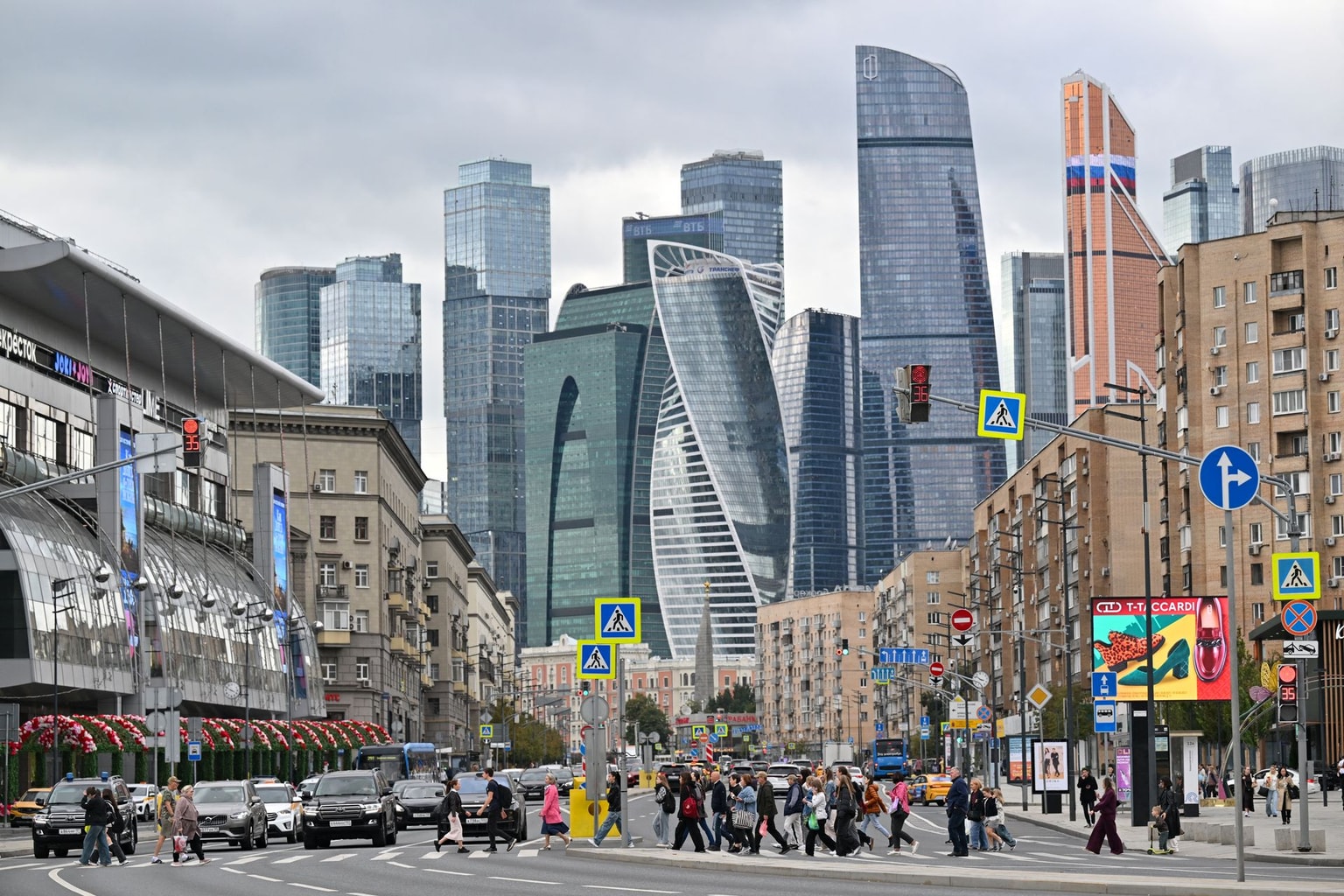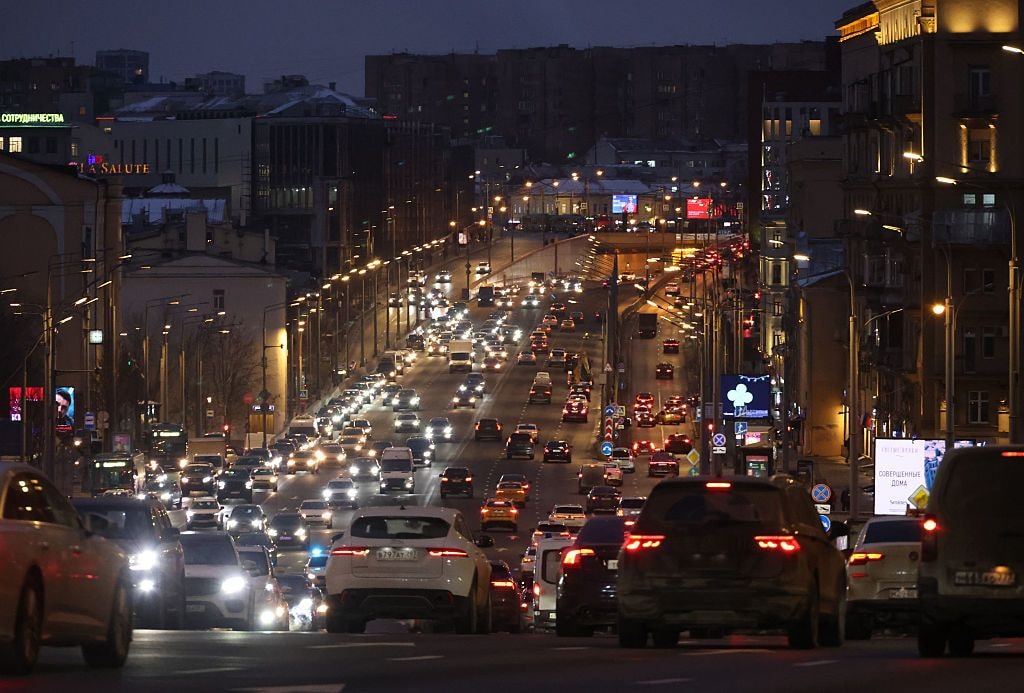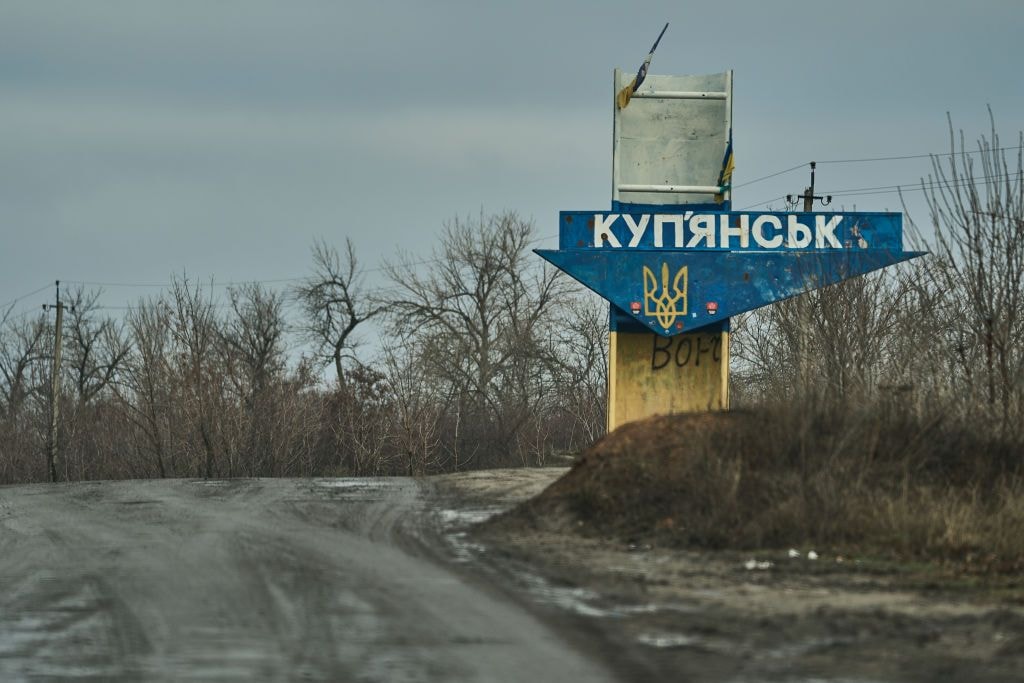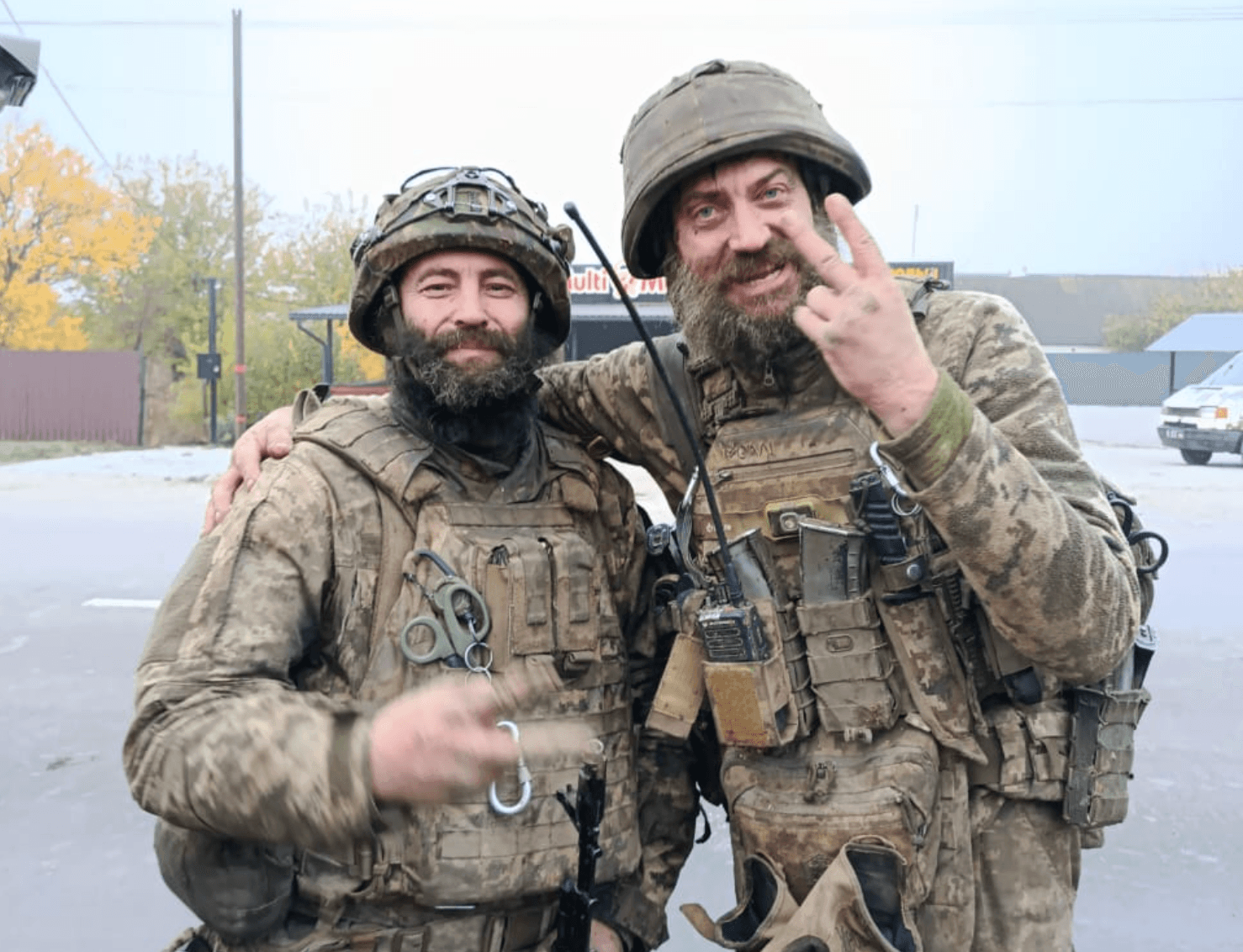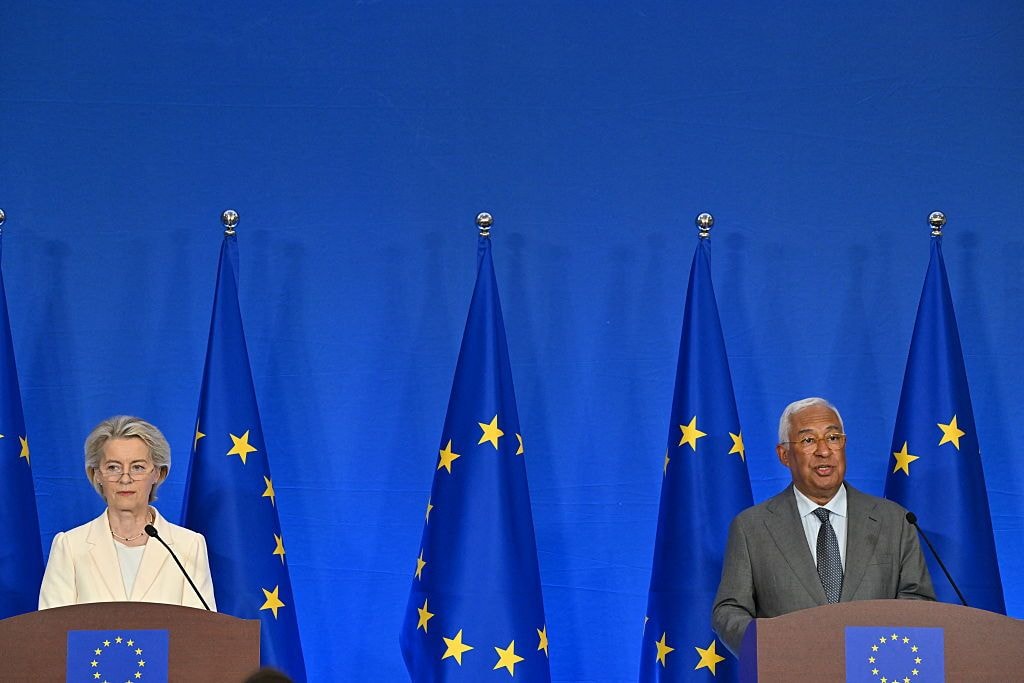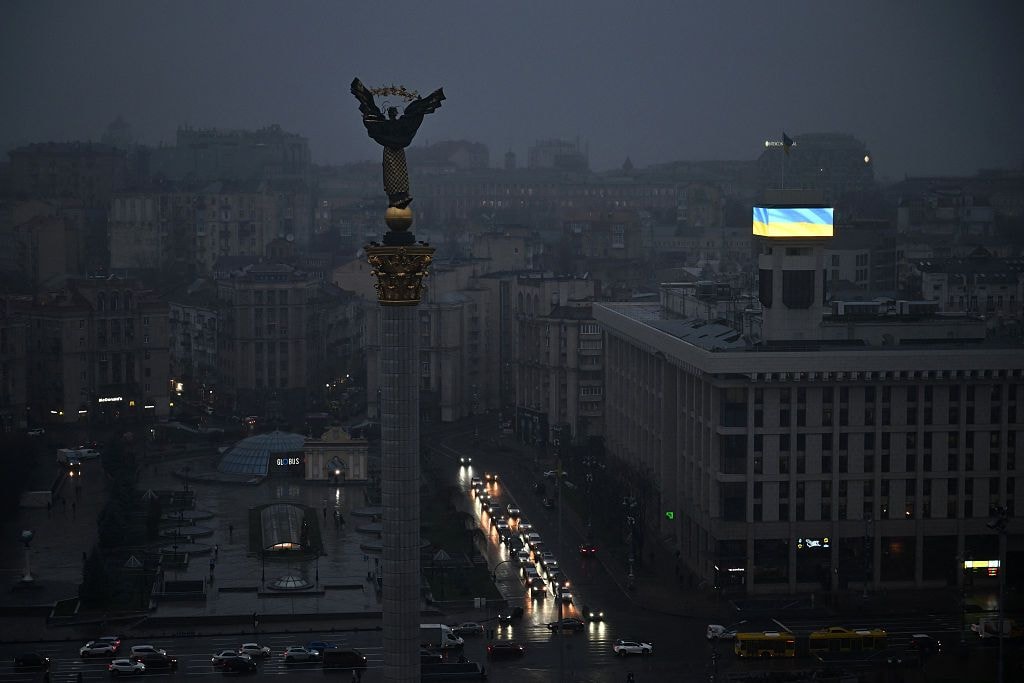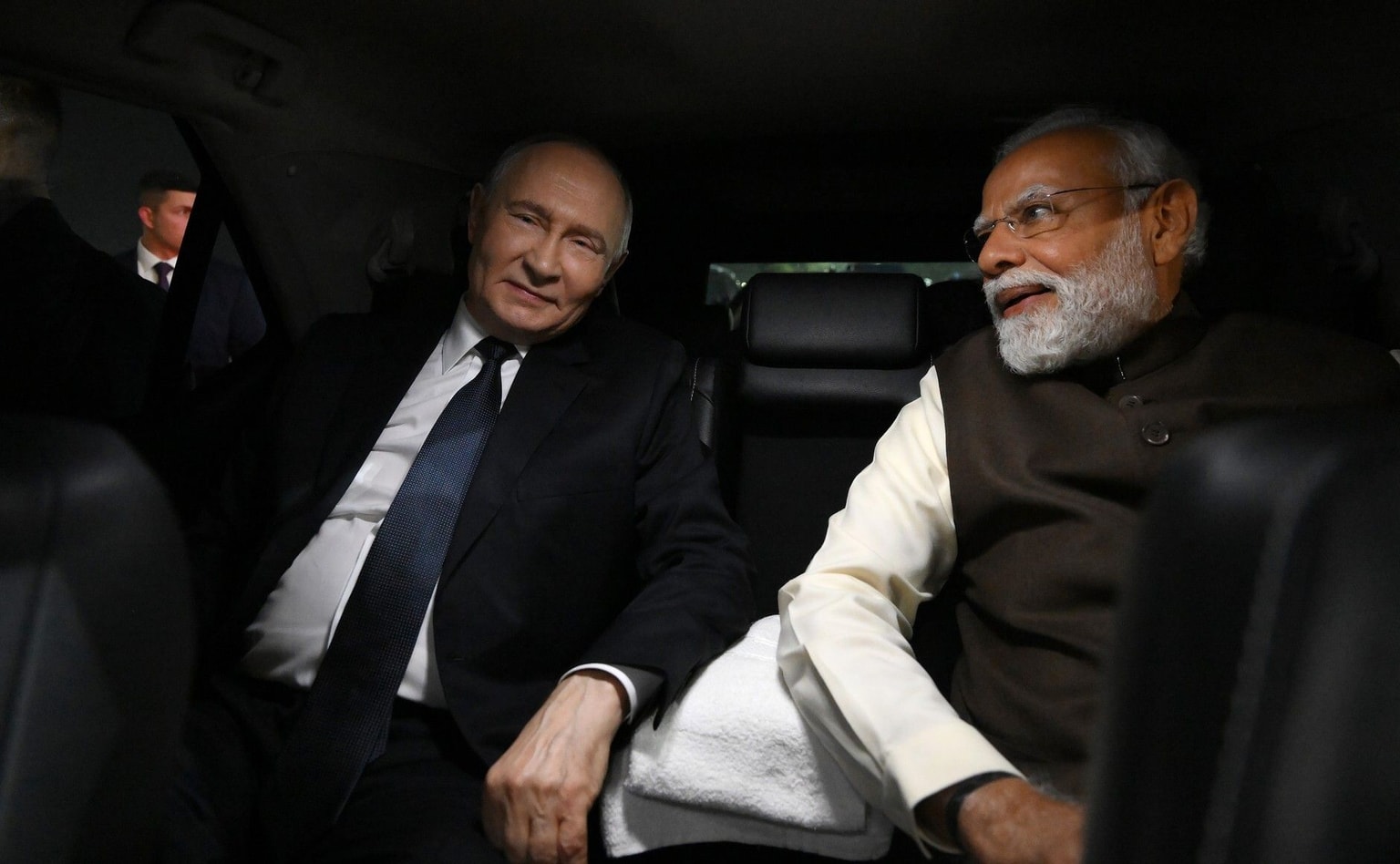
Explained: How Ukraine negotiates prisoner of war swaps with Russia
Ukrainian POWs leave a bus in the Chernihiv Oblast after a prisoner exchange on May 23, 2025, amid the Russian invasion of Ukraine. (Genya Savilov/AFP via Getty Images)
Even after Ukraine cut diplomatic ties with Russia in 2022, prisoner exchanges have continued as one of the few remaining channels of communication between the two countries.
Negotiated behind closed doors and carried out irregularly, POW swaps — and the decisions surrounding them — have long been shrouded in secrecy. Controversies have repeatedly erupted in Ukraine over whether Kyiv is doing enough to bring back its people and which POWs it prioritizes.
Since the start of the full-scale invasion, Ukraine has consistently proposed an "all-for-all" exchange, which Russia has so far rejected.
As of early June, Ukraine has brought home over 5,700 people – including both soldiers and civilians – through more than 65 exchanges since Feb. 24, 2022. Thousands of Ukrainians remain in Russian captivity, with the battle for their release still ongoing.
"Our task is to bring back (all POWs) before the war ends," Petro Yatsenko, a spokesperson for the Coordination Headquarters for the Treatment of Prisoners of War, told the Kyiv Independent.
"The war is dragging on, Russia does not want peace, so our task is to organize exchanges as quickly as possible."
A record number of people were released in recent weeks following peace talks in Istanbul in May-June — the first direct negotiations between Kyiv and Moscow since 2022. Though no political breakthrough was reached, both sides agreed to a phased exchange of prisoners and the return of fallen soldiers' remains.
At least one more round of exchange is expected between Ukraine and Russia as part of the Istanbul agreement in the near future.
Here's everything you need to know about prisoner swaps between Ukraine and Russia.
POW exchanges before full-scale invasion
During the war in Donbas from 2014 to 2022, prisoner exchanges between Ukraine and Russia were far less frequent than they are now, with around 3,500 people released in eight years, according to Yatsenko.
The swaps included both Ukrainian soldiers and civilians held in Russia and in occupied territories and were mostly handled by Ukraine's Security Service (SBU). The Coordination Headquarters for the Treatment of Prisoners of War was only established in March 2022.
One of the most prominent exchanges took place in September 2019, several months after President Volodymyr Zelensky took office.
Back then, Ukraine secured the release of 35 people, including filmmaker Oleh Sentsov and 24 Ukrainian sailors illegally captured near the Kerch Strait.
Sentsov was one of the most high-profile political prisoners held by Russia. He was arrested in Crimea in 2014 by the Russian authorities and later sentenced to 20 years in prison on trumped-up terrorism charges, which were internationally recognized as politically motivated.
Since the start of the full-scale invasion, Ukraine has consistently proposed an "all-for-all" exchange, which Russia has so far refused.

Types of POW exchanges and their frequency
There's no single fixed formula for prisoner swaps — each exchange is unique and depends on the circumstances, according to Yatsenko.
The Headquarters refused to disclose which side normally initiates exchanges, citing the sensitive nature of the information.
Unlike Ukraine, Russia doesn’t have one government body tasked with negotiating and organizing prisoner exchanges. According to Bohdan Orkhymenko, head of the secretariat of the Coordination Headquarters for the Treatment of Prisoners of War, the Russian side normally includes representatives of the Russian Defense Ministry, the Federal Security Service (FSB), the Federal Penitentiary Service, and, sometimes, Russia’s Commissioner for Human Rights, Tatyana Moskalkova.
If there’s a political agreement on the number of soldiers to release, negotiations move forward faster. If there is no political agreement – which is more often the case – the number is agreed upon by the Headquarters and the Russian side. Yatsenko couldn’t share the details of how the sides decide on the number of POWs for each exchange.
Leading up to each exchange, Ukraine provides the lists of all Ukrainians considered to be in captivity or missing, requesting their return from Russia.
Ukraine has recorded over 70,000 people as missing, the majority of them soldiers, according to Artur Dobroserdov, the commissioner for persons missing under special circumstances.
Some exchanges take weeks or months of negotiations, often involving several parallel negotiation tracks, according to Yatsenko. But in cases like the recent 1,000-for-1,000 exchange agreed upon during Ukraine-Russia talks in Istanbul, there were “no real negotiations.”
"Each side simply handed over a list, and everyone listed was exchanged," Yatsenko says. "We retrieved all Ukrainian citizens, and the Russians took everyone we offered them."
However, the number of POWs released by Ukraine and Russia isn’t always equal.
Sometimes, exchanging just one person can secure the release of hundreds of defenders — like in the prisoner swap that took place in September 2022, when over 200 Ukrainian POWs returned home in exchange for Viktor Medvedchuk, Ukraine's most high-profile pro-Kremlin politician and Russian President Vladimir Putin's former right-hand man in the country.
Medvedchuk was arrested two months into the full-scale invasion on charges of high treason.
Yatsenko said that Russia initially wanted to exchange Medvedchuk for only one person, and it required significant negotiation skills from the Ukrainian side to secure the 200-for-one deal.
In the same exchange, five top commanders from the Azovstal defense — Ukraine's final stronghold during the Russian siege of Mariupol in the spring of 2022 — were swapped for 55 Russian POWs.
They were initially taken to Ankara, Turkey. Although Zelensky stated that they would remain in Turkey "until the war ends," the commanders, including Colonel Denys Prokopenko, commander of the Azov Brigade, returned home in July 2023.

There's no set schedule for how often exchanges take place either.
Between August 2023 and early January 2024, no prisoner exchanges took place, which was the longest pause since the start of the full-scale invasion. According to Yatsenko, this was due to deliberate delays by the Russian side.
"We can only speculate about the reasons, but we believe Russia aimed to destabilize the internal situation in Ukraine or to provoke families of POWs into protesting or organizing mass actions," says Yatsenko. "They wanted to pressure the Ukrainian government this way."
Right now, there's a very "positive trend" of exchanges happening one after another, which means the "chances of reuniting with loved ones are growing," says Yatsenko.
Number of POWs and their detention locations
Ukraine does not publicly disclose the number of its soldiers held in Russian captivity.
The key issue in identifying all Ukrainian POWs is the lack of Russia’s cooperation, according to Yatsenko, who says that Moscow often refuses to confirm who they captured. That’s why Ukraine’s database of POWs includes many of those whose captivity was corroborated by other former POWs but not necessarily confirmed by Russia.
"They don't provide any official confirmation of who they're holding, and many of our people are listed as missing. There's a chance some of them are actually in captivity," Yatsenko says.
Ukraine also does not disclose the number of Russian troops it holds in its camps. However, Yatsenko says there are "enough of them to carry out further exchanges."
"Even large-scale swaps don't significantly affect the overall number," he adds.
Russian POWs in Ukraine are primarily held in five specialized camps set up after the start of the full-scale invasion. Their locations are not disclosed for security reasons. Some detainees — mainly those under investigation for various crimes — are also held in pre-trial detention centers, but the majority are kept in the POW camps.

Representatives of the International Committee of the Red Cross (ICRC) and the United Nations, as well as journalists, have access to Russian POWs and the facilities where they're held. ICRC inspections take place every two months and can last several days, according to Yatsenko.
"We're fully open. Russia, on the other hand, is completely closed off," he says. "They don't allow international representatives, the UN, or the Red Cross. Access is extremely restricted."
Russia doesn't have any specialized camps for POWs that meet the standards outlined in the Third Geneva Convention, according to Yatsenko. The Coordination Headquarters has identified and mapped 186 locations where POWs and illegally detained civilians are being held.
"These 186 detention sites are scattered across a vast area — from the temporarily occupied territories and beyond the Urals. There's even some evidence that our people are being held in facilities in Belarus," Yatsenko says.

Torture in captivity
Unlike Russian POWs held in Ukraine, Ukrainian prisoners in Russian captivity are routinely subjected to torture and inhumane treatment.
According to the UN, over 95% of released Ukrainian POWs have reported being tortured while in captivity.
Many described beatings, electric shocks, prolonged stress positions, mock executions, and medical neglect, along with threats of death or rape. Some were starved, branded, or held in isolation for weeks.
In interviews with the Kyiv Independent, former POWs also spoke of being severely punished for speaking Ukrainian or showing any signs of national identity.
"They would threaten to cut off ears or a nose, pressing a knife to the ear and starting to cut it slightly, causing bleeding, all meant to terrify and break the prisoners."
One of the most notorious facilities is the detention center in Taganrog, where, according to survivors, torture is a daily routine. Press officer of the Azov Brigade and former POW Artem Dubina, who was held there, says that POWs were repeatedly beaten and electrocuted, often until they lost consciousness, with little food and almost no medical care for the wounded.
"They would threaten to cut off ears or a nose, pressing a knife to the ear and starting to cut it slightly, causing bleeding, all meant to terrify and break the prisoners," Dubina told the Kyiv Independent in May.


Over 180 Ukrainian POWs are confirmed to have died in captivity since the start of the full-scale invasion, many showing signs of torture or abuse, says Yatsenko.
"Unfortunately, we continue to receive the bodies of our soldiers, including those who had been officially recognized as POWs by the ICRC," says Yatsenko.
Logistics of POW exchanges
For Ukrainian POWs, their return home is often kept secret by Russia until the very last moment.
Russia also often uses the last moment to physically harm Ukrainian POWs, as those released from captivity say they were transferred from their detention facilities with their hands and legs tightly bound, placed close together so they couldn't move, and blindfolded.
"Sometimes prisoners are taken out to be exchanged but then sent back, which can be seen as a form of torture or psychological pressure," says Yatsenko.
Therefore, Ukraine informs the families of Ukrainian POWs only after their loved ones have arrived safely on Ukrainian territory.
"This is because we understand that an exchange might not happen, and such news would only cause additional suffering," Yatsenko says.
Russian POWs, by contrast, are notified that they will be exchanged ahead of it.
The process itself takes place on border territory, with the time and location usually kept secret for security reasons. Once back home, the released prisoners can call their loved ones to share the good news.

However, many family members of POWs arrive at the site of exchange even without knowing whether their loved one is on the list. Even if it doesn’t result in the most anticipated meeting, at least they get a chance to ask the released POWs for any information about their family member still in captivity.
After release, Ukrainian defenders undergo medical examinations and receive treatment. They are also granted leave, the length of which depends on their health condition.
As former POWs, they have the right to leave military service — yet many choose to return to the front and continue fighting for their country.
Foreign POWs
Just like with Ukrainian soldiers, Kyiv does not disclose how many foreign fighters are currently held in Russian captivity.
Since the start of the full-scale invasion, Zelensky has called on foreigners to join Ukraine in its fight for freedom, and many have answered that call – although the exact number of foreign nationals serving in Ukraine's ranks remains undisclosed.
Ukraine's International Legion alone includes experienced fighters and beginners from more than 50 countries, including the U.S., the U.K., Australia, and various countries across Europe, Asia, Africa, and South America, according to Ukraine's military intelligence.
According to Yatsenko, Ukraine successfully brought back 10 foreign nationals in 2022. Since then, the country has been cooperating with the embassies and diplomats of these individuals’ countries to ensure each one can return home.
Unlike Ukraine, Russia has made no visible attempts to recover foreigners fighting on its behalf.
Yatsenko did not disclose the number of foreigners in Ukrainian captivity but said they were from a number of countries, including African states, Sri Lanka, Cuba, Brazil, Slovakia, Yemen, and others.
Yatsenko says he does not know of any cases when foreigners have been exchanged with Russia.
"Russia appears largely indifferent to the fate of these people," he says. "Maybe they'll change their position in future talks, but they show no real interest so far."
Ukrainian civilians in captivity
Ukraine is fighting to bring home not only POWs but also civilians illegally held captive by Russia.
As of December 2024, at least 16,000 Ukrainian civilians were held in Russian captivity, according to Ukraine's Ombudsman, Dmytro Lubinets. The actual number is unknown since Russia does not provide information about civilians and blocks ICRC representatives from visiting them.
The number does not include over 19,500 Ukrainian children illegally deported to Russia since the start of the full-scale invasion.
Only a limited number of civilians have been released since 2014, when Russia started its aggression against Ukraine. Russia has "deliberately withheld the return of civilians" to serve its war goals, including suppressing resistance in occupied territories, the Ombudsman's office told the Kyiv Independent.
"Russia also refuses to negotiate their return, knowing that each freed civilian can testify to its violations of international law."


The release of civilians is very difficult because Ukraine has no Russian civilians to exchange them for, according to Lubinets. Yatsenko says that even though Russia should release Ukrainian civilians without any conditions, it rarely does.
The Headquarters launched several mechanisms to bring back civilians, including the "I Want to Go to My People" project.
Under this initiative, convicted Ukrainian collaborators, already serving prison sentences for aiding the Kremlin, can apply to be transferred to Russia in exchange for unlawfully imprisoned Ukrainian civilians or soldiers.
While this mechanism has existed since summer 2024, Russia has ignored it for a long time, says Yatsenko. It was only during the latest large-scale exchange that over 70 collaborators were transferred to Russia, allowing Ukraine to bring back its citizens.
Ukraine hopes Russia will release all civilians it holds illegally — and show more interest in taking back those who served its interests — "to help free Ukrainians from captivity and inhumane treatment," Yatsenko says.
Note from the author:
Hi! Daria Shulzhenko here. I wrote this piece for you. Since the first day of Russia's all-out war, I have been working almost non-stop to tell the stories of those affected by Russia’s brutal aggression. By telling all those painful stories, we are helping to keep the world informed about the reality of Russia’s war against Ukraine. By becoming the Kyiv Independent's member, you can help us continue telling the world the truth about this war.



